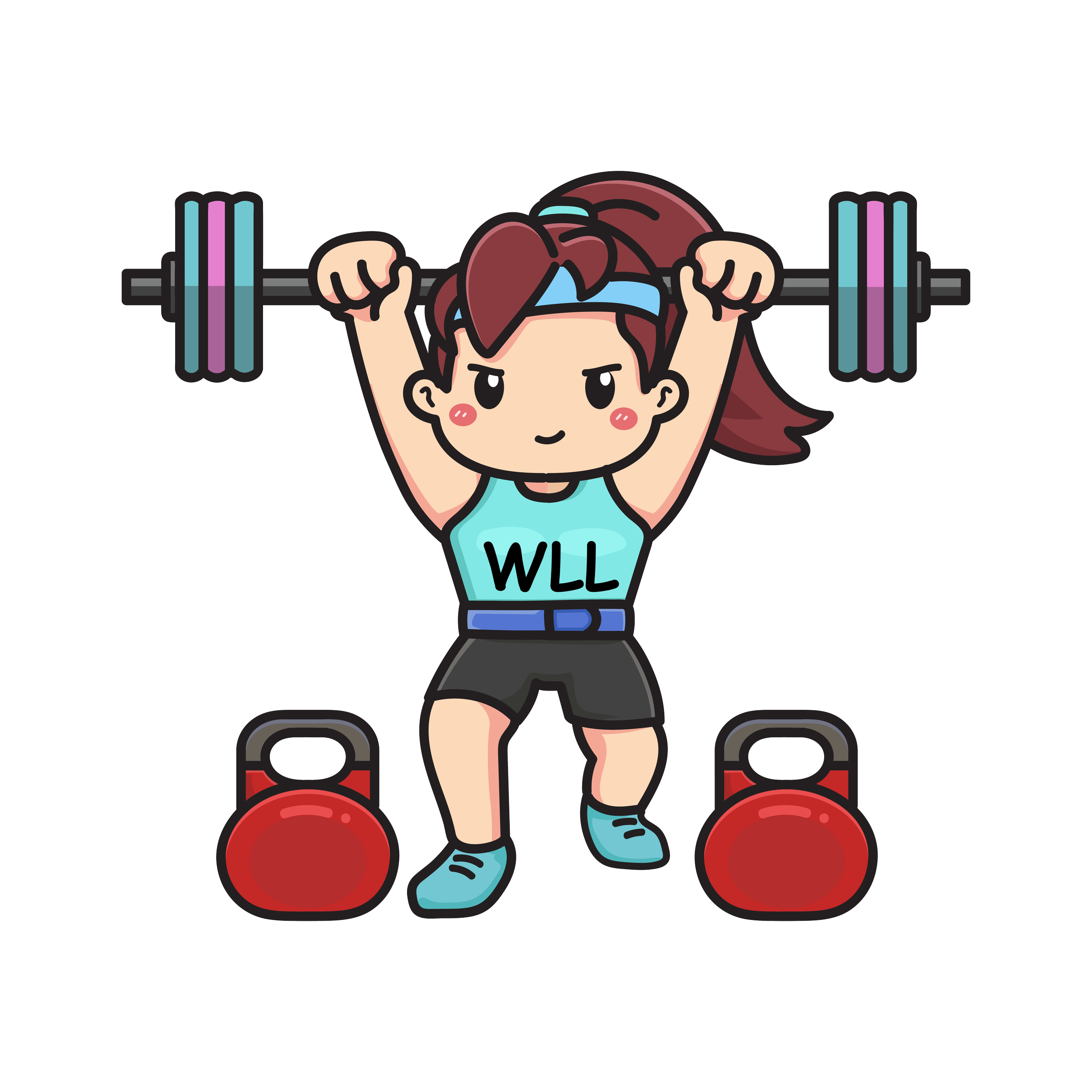Are you getting enough protein? Here is how to tell.
Protein is an essential macronutrient needed to maintain health, and which every cell in our body needs to function properly. Protein is made up of amino acids, which have various responsibilities such as cellular signaling to providing the building block of muscle tissue.
The recommended daily intake of protein in the United States is a modest 50 grams per adult. This average is based on what is needed to survive, not necessarily thrive. Protein needs vary based on an individuals activity level and lifestyle. For example, if you are trying to lose body fat, many studies suggest protein intake should be close to 1 gram per pound of lean body weight. This should be consumed evenly throughout the day. For someone that is more active and looking to build muscle, they may move closer to 1.3 grams of protein per pound of lean body mass.
Protein is satiating and has a higher thermic effect than fat or carbohydrates. This just means the body uses more energy to digest it, which can help with weight loss. Additionally, protein also helps maintain muscle mass and aids in recovery after strenuous workouts. Now, If you don't eat enough protein, you may lose muscle and it can also trigger a cascade of hormonal changes.
How can you tell that you are not getting enough protein? Here are four physical signs:
Loss of muscle mass
Sarcopenia is the natural loss of muscle mass after the age of 40 due to lifestyle and hormonal changes. It is estimated that more than 50% of body mass is lost by the 8th decade of life. Not only do you lose muscle mass, protein synthesis is less efficient as we age. This is the main reason why protein requirements are higher for older adults. But of course, muscle loss doesn’t only apply to those who are older. If you find yourself losing muscle mass and you exercise with regularity, you could not be consuming enough protein. When you under eat protein, the body will catabolize it's own muscle tissue to meet any dietary needs. Side note: This is also why lifting weights is important. It helps you maintain strength and muscle mass, which lessens the effects of sarcopenia.
If you follow a vegetarian diet or a diet that is low in protein, you are at higher risk for muscle loss and other adverse effects.
Weak skin, hair, and nails
Brittle nails and hair loss are classic signs of a diet void of protein. Dry skin and skin that has lost elasticity is another sign you are not getting enough protein. For example, cellulite can result from collagen (an amino acid) being broken down for use in other parts of the body. This leaves a pitted appearance to your skin.
Increased appetite
If you struggle with hunger, it could be that you're not eating enough overall, or that you're not eating enough protein. Protein is the most satiating macronutrient with fat coming in a close second. So when protein is high, you are less likely to get hungry.
There is also the concept of meeting a ‘protein threshold’. This is when the body will be satiated only if a certain amount of protein consumption is met. When the body does have what it needs, it triggers hunger hormones and indiscriminately consumes food that is available. For example, we all know a co-worker who gets ravenous at 2:00pm in the afternoon and runs to the vending machine for a bag of pretzels. There is very little protein in pretzels but the body will consume just about anything at that point to extract every gram of protein. This is how you can eat half a steak and feel full but still feel hungry after eating an entire pizza.
Poor exercise recovery
Exercise recovery should take 24-48 hours. If you have been exercising consistently, the amount of time it takes to recover decreases. However, if you find that your body takes longer to heal then it’s a clear sign that you are under-eating protein.
Protein is needed for tissue growth and repair. So if you are not recovering before the next workout, your risk for injury (like a muscle strain) increases. Lack of recovery contributes to fatigue and underperformance during workouts.
The solution
Prioritize protein in your diet and source it from whole foods instead of supplements. Whole foods have a better bioavailability (better absorption) than a supplement. Animal based products provide a complete profile of amino acids versus plant based protein. However, you should strive to meet your protein requirements regardless of whether or not it’s sourced from animals or plants.
Generally speaking, shoot for 1 gram of protein per pound of lean body mass and protein should be spread out during the day with each meal. Strive for 30-40 grams of protein per sitting and then fill in the gaps as needed.



